PSF Virgin
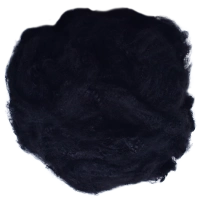
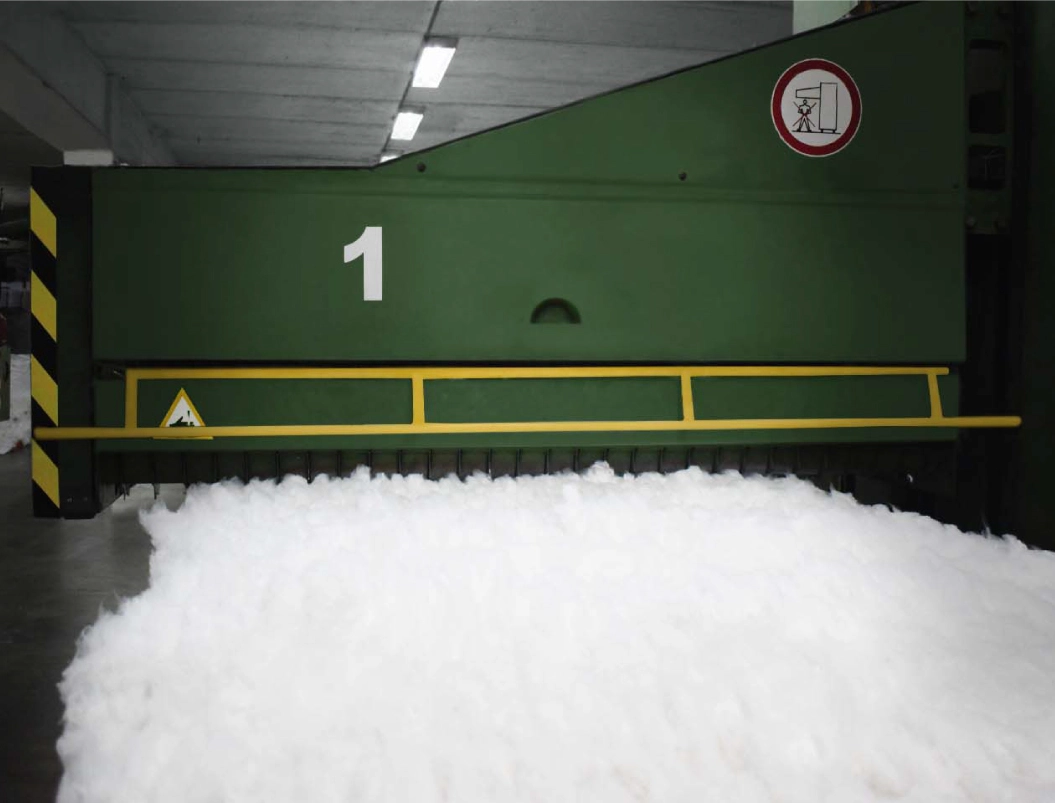
Polyester Staple Fiber (PSF) is a synthetic man-made fiber created directly via a polymerization process of polyester material such as PTA (Purified Terephthalic Acid) and MEG (Mono Ethylene Glycol) under high temperature and pressure. Polyester staple fiber plays an essential role in the textile industry due to several advantages of its characteristics. It is more durable than cotton or wool. Additionally, polyester staple fiber also has high heat, wrinkle, and abrasion resistance, stain-resistance, low absorbency, stretching and shrinking resistance, and quick-dry after washing.
How is polyester staple fiber made?
Polyester Staple Fiber (PSF) is made directly from Purified Terephthalic Acid (PTA) and Mono Ethylene Glycol (MEG) or Polyethylene Terephthalate (PET Chips), while recycled polyester staple fiber is made from recycled PET Chips, polyester waste, or post-consumer PET bottle flakes. The production of polyester staple fiber starts from the polymerization process where PTA is fed into hot MEG under a high temperature and pressure setting. Next is the melt spinning process. The bundle of continuous filaments obtained from the melt spinning technique (called tow) is subjected to the application of more processes such as drawing and crimping and is then cut into fixed lengths. After the cutting process, these cut fibers are called polyester staple fibers.
What is
polyester staple fiber
used for?
Polyester staple fiber is mainly used in the spinning industry and in non-woven weaving. In the textile industry, polyester staple fiber is used in spinning production as a raw material for polyester spun yarn, further knitted or woven into fabrics. Additionally, polyester staple fiber has a wide range of applications, including the following:
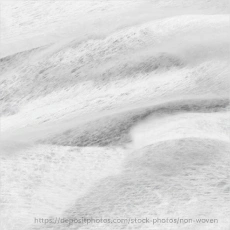
- Nonwoven for geo-textile and medical applications
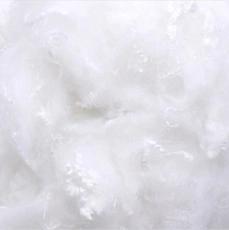
- Home textile for filling pillows

- Toy industry for filling stuffed toys
- Textile for making fabric and apparel
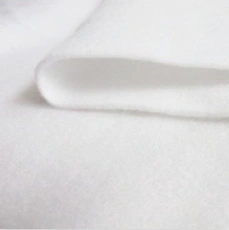
Home furnishings for carpets, mattresses, bedsheets and sofa filling
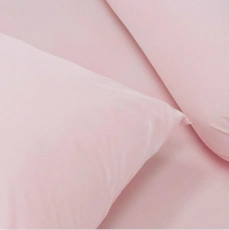
- Glove and sock industry, including industrial gloves and agricultural gloves
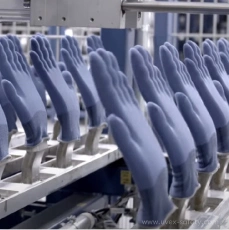

- Automotive industry
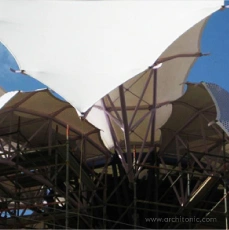
- Construction industry
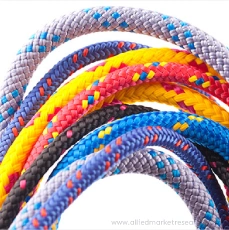
- Rope industry
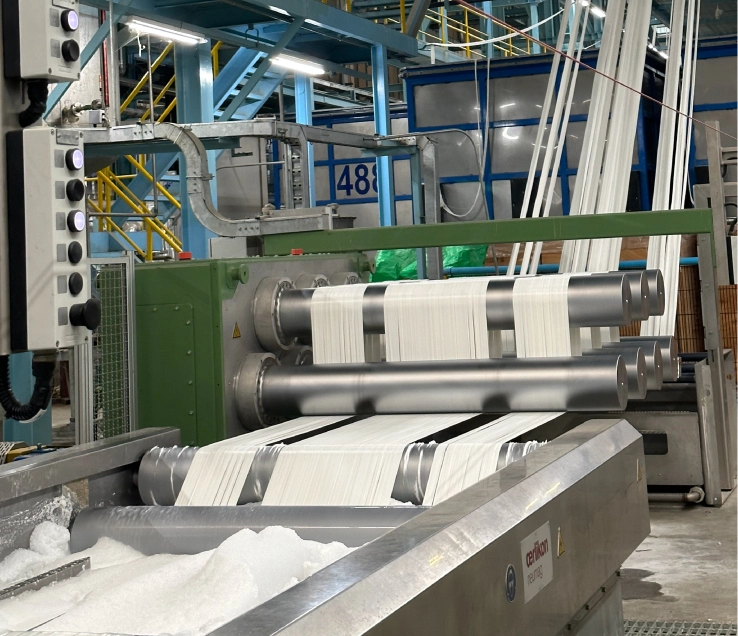
What is
a polyester staple fiber
in textile?
Polyester staple fiber is mainly used in spinning production in the textile industry. Wherein, the resulting yarns, spun yarns, are used for apparel manufacturing, including sportswear, activewear, intimate wear, shirts, socks, dresses, lingerie, gloves, suits, and sewing threads, etc. In spinning production, polyester staple fiber can be individually produced for 100% Polyester spun yarn or combined with cotton, viscose or wool for blended yarn such as CVC 70/30 consisting of 70% cotton fiber and 30% polyester staple fiber. Compared to cotton fiber, polyester staple fiber has major benefits in terms of cost, thinness, strength, abrasion resistance, water absorption, and multiple designs and colors. Thus, polyester staple fiber can be considered the main cotton fiber alternative for the garment industry.
Where would you find
staple fiber?
You can find polyester staple fiber from a reliable polyester manufacturer. Our company, Thai Polyester Company (TPC), has been a registered company specializing in 100% fiber and filament polyester yarn in Thailand since 2001. We are a fully integrated polyester manufacturer with a capacity of approximately 233,600 tons annually when combining polyester staple fiber and spun production. Our products are certified by international standards, including STANDARD 100 by OEKO-TEX®, ISO 9001:2015. Deniers and cut length are the significant factors for polyester staple fiber, where the size and length are related to the end product. Our product range;
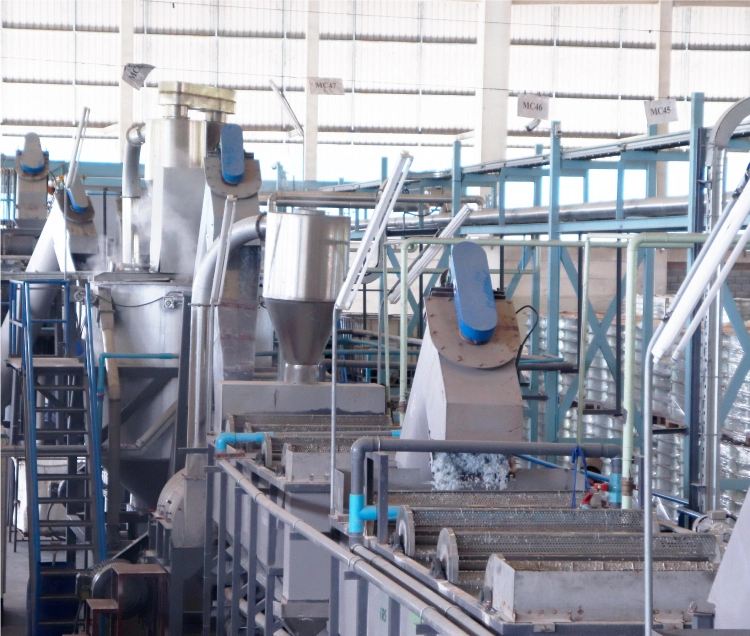
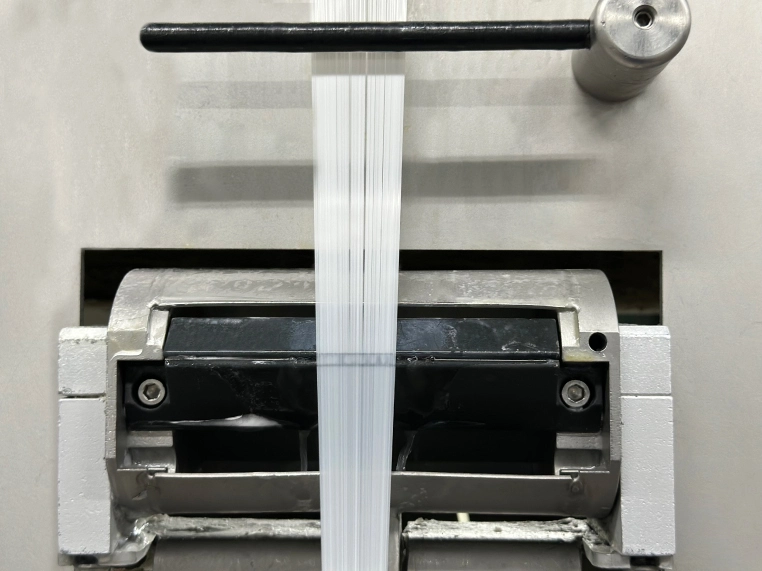
Is polyester
staple fiber safe?
Polyester staple fiber is safe for all applications. In the present day, polyester staple fiber is one of the most used fiber types globally for the textile industry. Due to its advantageous characteristics, the global demand for polyester staple fiber has been increasing for decades as an alternative and sustainable option to cotton and natural fibers. Polyester staple fiber is safe not just for humans in textile use, but polyester staple fiber can also be produced as recycled polyester staple fiber which is environmentally friendly. Global warming and pollution concerns have been the center of the world’s attention nowadays, so it would be great if we started using recyclable products, reusing and reducing them. Polyester recycled production starts from collecting plastic bottles and waste, which is then cleaned. Subsequently, the PET bottles are then cut into small pieces called PET flakes. Then, the flakes are melted into pellets, re-melted using high temperatures, and finally, those pellets are spun into the polyester recycled polymer. The production of recycled polyester requires far fewer resources than new fibers and generates fewer Co2 emissions. Using recycled polyester staple fiber is a major value add to a company and it also creates a significant impact on brand images compared to others.
Polyester staple fiber feels like cotton. In the past, people were more likely to wear apparel made from natural fibers due to their familiarity, softness, and comfortable to wear nature. However, synthetic man-made fiber production has continued to develop properties similar to natural fiber. The end product of polyester staple fiber after the spinning process is called Polyester spun yarn. The properties and appearances are very close to cotton yarn. Polyester spun yarn also has the same denier count as cotton, while the price is lower. The differences in denier and cut length also affect the difference in hand-feel and product size. The smaller denier and shorter cut length bring a softer and smoother feeling. According to our product, our newly developed item is polyester staple fiber 1.0 D, which is used in spinning spun yarn. Spun yarn made from polyester staple fiber 1.0 D will have a soft feeling to the touch and is very close to spun cotton.
In the present day, Polyester is widely used in the textile industry, which is divided into two types: polyester staple fiber and polyester filament yarn. The major differences between polyester staple and polyester filament yarn are length, classification and characteristics.
The first difference between polyester staple fiber and polyester filament yarn is length. Although polyester staple fiber is short fiber, the length varies from a few centimeters to 10 centimeters. On the other hand, polyester filament yarn is a continuous fiber with a long yarn that starts from 1,000 meters winding into a group.
Full dull yarns are manufactured from raw materials modified chemically and physically to reduce their normal luster. A few of the qualities of full dull yarns are that they have high tenacity and strength and look like cotton fiber. In addition, these yarns are of good drape, soft visual appeal and a good coverage. Full dull yarns have various applications in manufacturing apparel, home textiles, etc.
Semi-dull yarn is manufactured from raw materials with low luster compared to partially oriented bright yarns used to manufacture semi-dull polyester textured yarn.

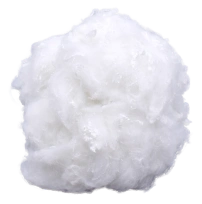
This website uses to ensure you get the best experience on our website. Privacy policy